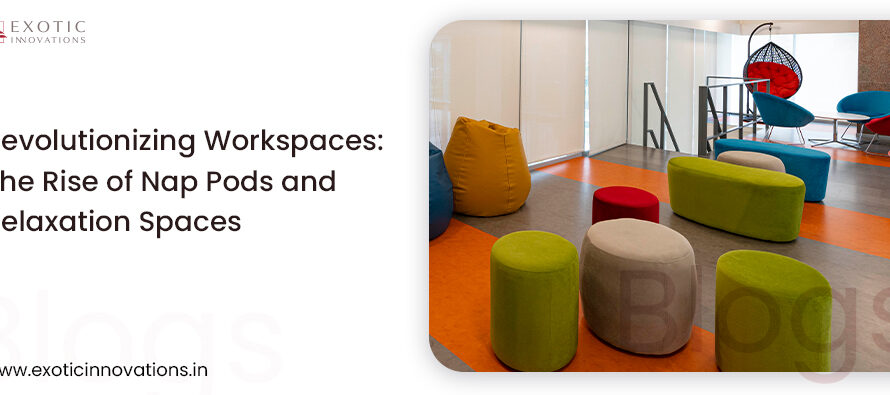ANXIETY IS AN UNPREDICTABLE STORM. How to navigate anxiety in the fabric of everyday life?
The prevalence of anxiety among employees is a significant concern impacting productivity, job satisfaction, and overall organizational performance. It is imperative to recognize and address mental health issues affecting the corporate landscape on a grassroots level, as the employee headspace catalyzes a thriving business. Organizations can cultivate an environment conducive to sustained employee well-being and peak performance by elucidating targeted interventions and fostering a culture of support and resilience.
WHAT TRIGGERS YOU – KNOW, ACKNOWLEDGE, AND ARTICULATE!
A foundational step in addressing workplace anxiety entails a rigorous examination and understanding of the diverse triggers that precipitate such responses. These triggers may manifest in various forms, including but not limited to stringent deadlines, high-pressure presentations, organizational restructuring, or interpersonal conflicts. By fostering heightened self-awareness and introspection among employees, organizations can facilitate the identification and articulation of these triggers, thereby paving the way for targeted interventions and proactive stress management strategies.
EMBRACE MINDFULNESS AS A WAY OF LIVING
The integration of mindfulness practices and techniques for emotional regulation stands as a cornerstone in the arsenal of strategies for managing workplace anxiety. Mindfulness, characterized by present-moment awareness and non-judgmental acceptance, offers a potent antidote to the pervasive stressors endemic to corporate environments. Encouraging employees to engage in mindfulness exercises, such as mindful breathing, meditation, or progressive muscle relaxation, fosters a culture of cognitive clarity, emotional resilience, and stress mitigation, thereby enhancing overall workplace well-being and performance.
SET PRAGMATIC GOALS: ONE DAY AT A TIME
The formulation and pursuit of goals represent a linchpin in the endeavor to alleviate workplace anxiety and enhance organizational efficacy. By delineating clear and actionable objectives, employees are empowered to navigate complex tasks with precision, purpose, and efficacy. Moreover, the articulation of tangible milestones and delineated timelines instills a sense of progress and accomplishment, thereby mitigating the anxiety associated with ambiguity or perceived insurmountably.
A CULTURE OF OPEN AND HONEST COMMUNICATION
A culture of open and transparent communication serves as a linchpin in fostering organizational resilience and proactively addressing workplace anxiety. Organizations must proactively encourage and facilitate avenues for employees to express their concerns, apprehensions, and vulnerabilities without fear of reprisal or stigma. By establishing channels for constructive feedback, mentorship, and peer support, organizations engender a sense of psychological safety and belonging, thereby fortifying individual and collective resilience in the face of adversity.
LEARN BOUNDARIES AND STRIDE TOWARD WORK-LIFE BALANCE
The establishment of robust boundaries and the promotion of work-life balance represent indispensable tenets in the endeavor to combat workplace anxiety and mitigate burnout. Organizations must emphasize the importance of defining clear boundaries between professional responsibilities and personal commitments, thereby safeguarding against the deleterious effects of overwork and exhaustion. Encouraging employees to prioritize self-care activities, such as physical exercise, leisure pursuits, and social engagements, fosters holistic well-being and resilience, thereby fostering sustained productivity and job satisfaction.
INVESTING IN PROFESSIONAL DEVELOPMENT AND MENTAL-HEALTH RESOURCES:
Acknowledging the symbiotic relationship between employee well-being and organizational success, corporations must prioritize investments in professional development and mental health resources. By offering robust training programs, workshops, and resources focused on stress management, resilience-building, and mental health awareness, organizations equip employees with the requisite tools and competencies to navigate workplace challenges effectively. Moreover, the provision of comprehensive mental health support services, including access to counseling, therapy, and employee assistance programs, underscores organizational commitment to fostering a culture of holistic well-being and support.
In summation, the effective management of workplace anxiety within corporate settings necessitates a multifaceted approach characterized by targeted interventions, cultural norms, and organizational investments. By cultivating heightened self-awareness, embracing mindfulness practices, setting pragmatic goals, fostering open communication, instituting boundaries, and investing in professional development and mental health resources, organizations can forge a workplace environment conducive to sustained employee well-being, productivity, and organizational success.
Together, let us embark on a journey of resilience and empowerment, wherein individuals are equipped to confront workplace challenges with poise, purpose, and fortitude.
Liked our blog? Share your opinion in the comments below!



